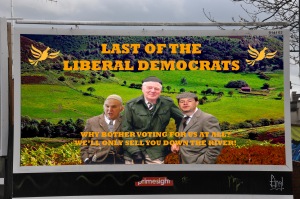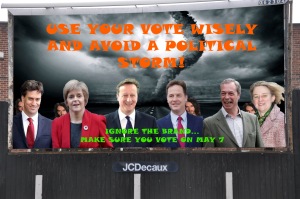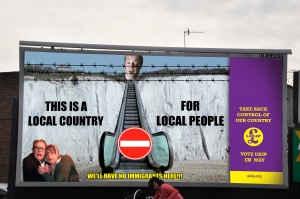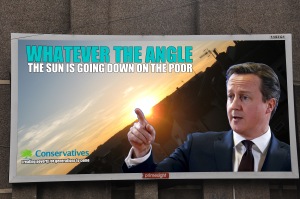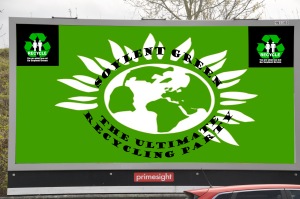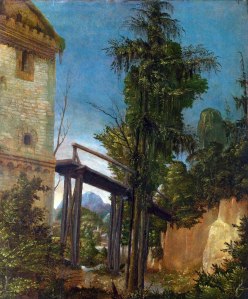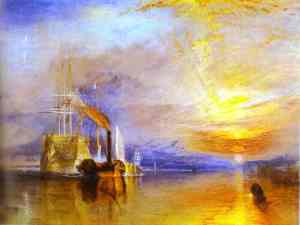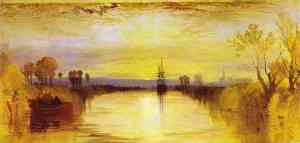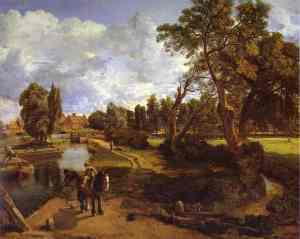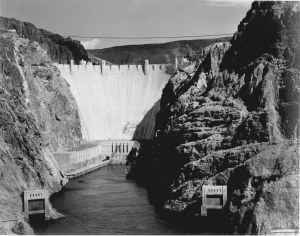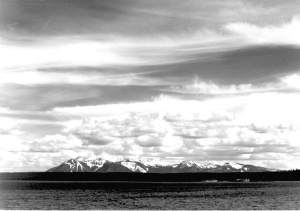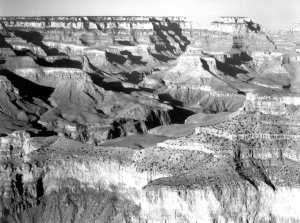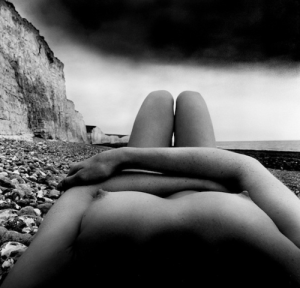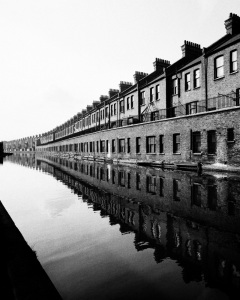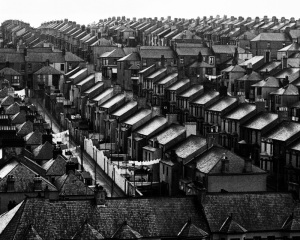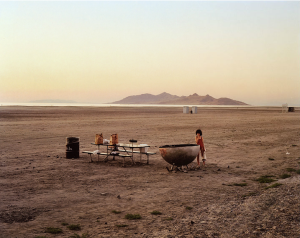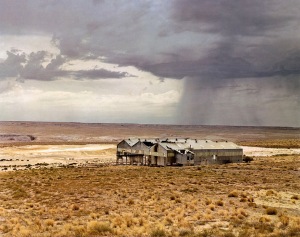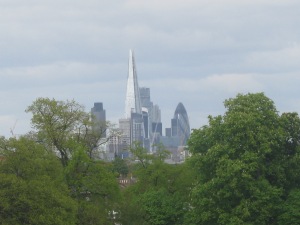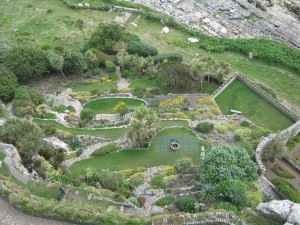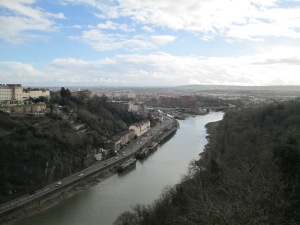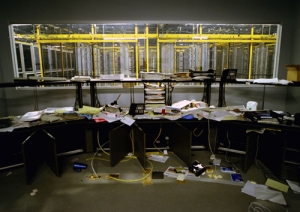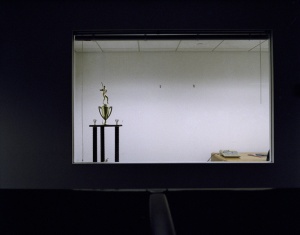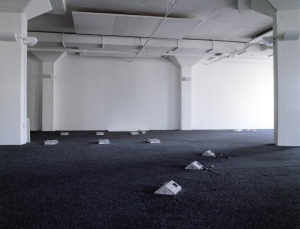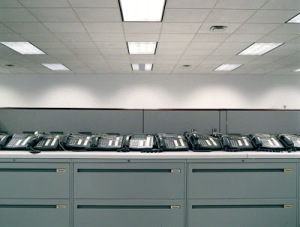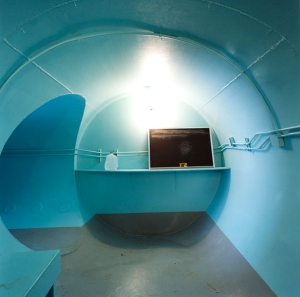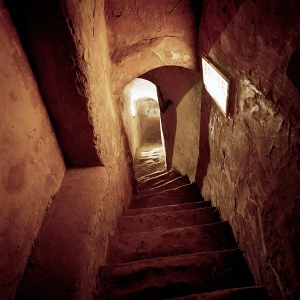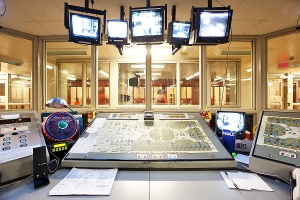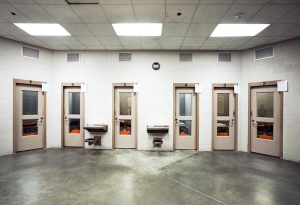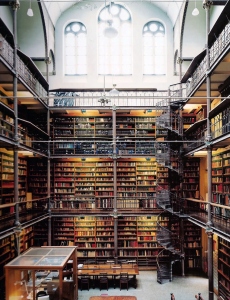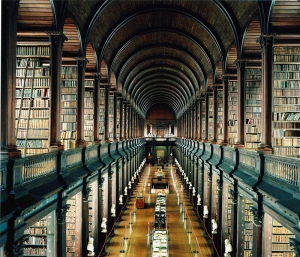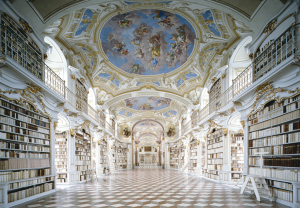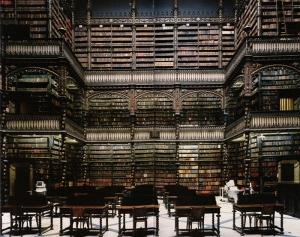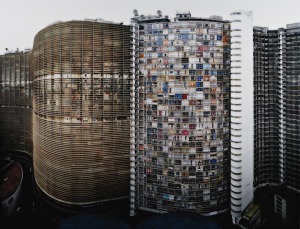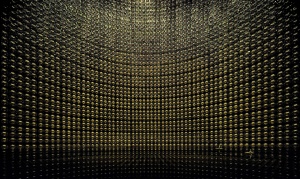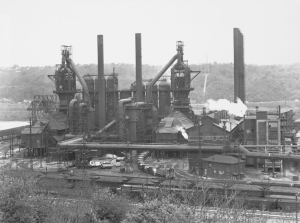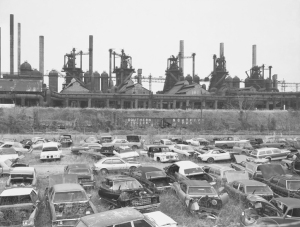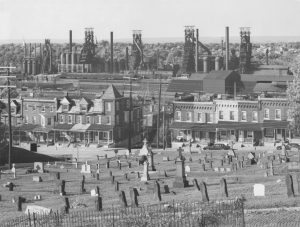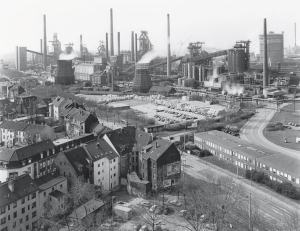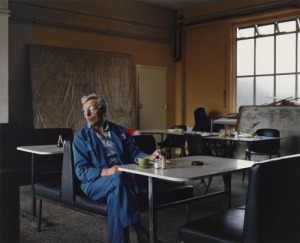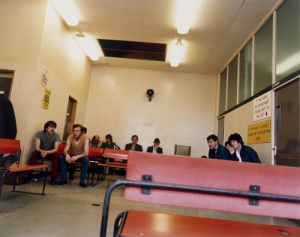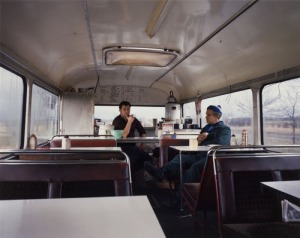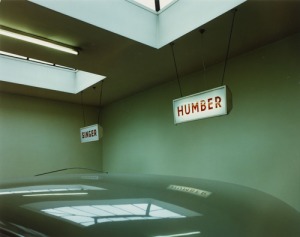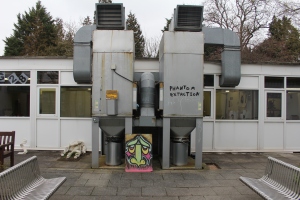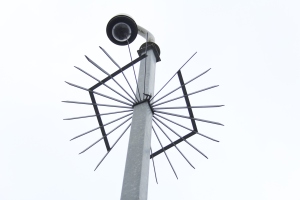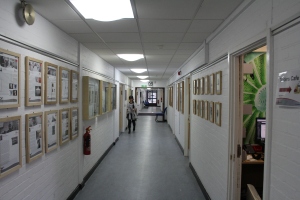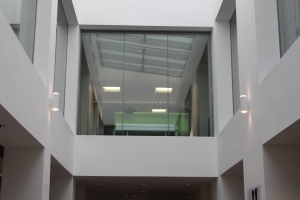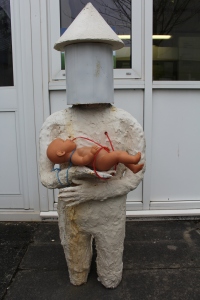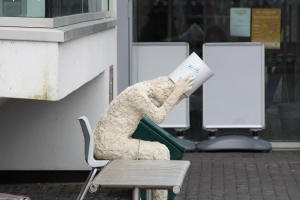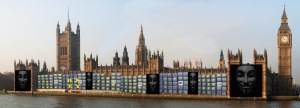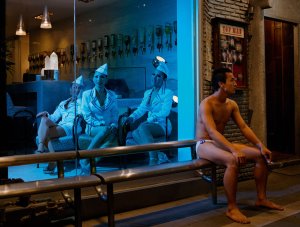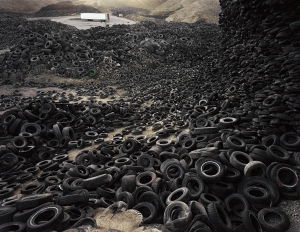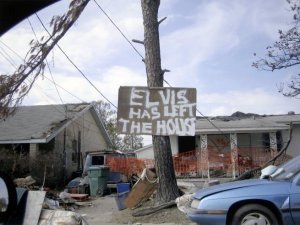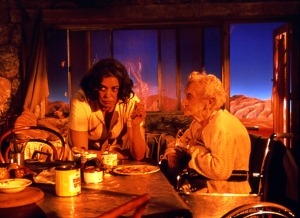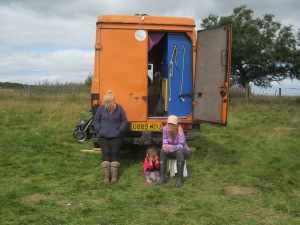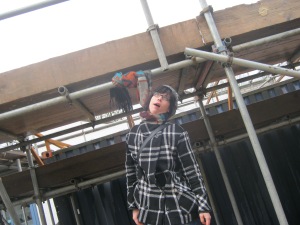Political Photomontage.
Montage 1 – Last of the Liberal Democrats.
Photomontage is a word that conjures up a whole host of images in ones mind, especially if you are interested in the manipulation or re-imagining of photographs to produce another, sometimes controversial, image. The word photomontage means photo-construction or assemblage and was first used by the ‘anti-art’ Dada movement of the early 20th Century. It can be political, disturbing, realist, illusionistic, critical, naturalistic or symbolic, for the purposes of this essay I will be concentrating on the political angle of this photographic genre. The Dada movement was born out of the frustration of a collection of artists who had become disenchanted with elitist attitudes of the art world. They considered themselves a non-movement of non-artists that produced work that was not art. It was one of Dada’s main protagonists, German born John Heartfield, who would become the leading proponent of ‘political photomontage’. “Heartfield’s use of photomontage for political satire distinguished him from all other avant-garde artists who worked with the technique in the 1920s and 1930s.” (Evans, 1992, p.9)
Although the Dada movement was only a short-lived affair, lasting barely seven years before self-destructing for fear of becoming acceptable. Its underlying principle of provoking an emotional response from the viewer would remain with those involved as their work continued. John Heartfield would be the forerunner of the political montage, as time has passed it has become a recognisable tour de force in the world of political satire, that can be used to great effect. The main aim of the political montage is best described by Heartfield (1931) himself when speaking in Moscow:
“If I collect documents, combine them and do that in a clever way, then the agitational-propagandistic effect on the masses will be immense. And that is the most important thing for us. That is the foundation of our work. Therefore, it is our task to influence the masses, as strongly, as intensely as possible.”
Heartfield was a member of the German Communist Party and this resulted in various trips to the Soviet Union, where he was introduced to Constructivist artists Rodchenko and El Lissitzky. Their use of photomontage within the Productivism art movement would influence him as he undertook various projects which included a Lenin montage for “The USSR in Construction.” The montage was later turned into a monumental mural in Moscow.
It wouldn’t be until after Heartfield’s death in 1968 that political photomontage would emerge once again as a powerful medium. The Vietnam War, the rise of radicalism, East versus West in the Cold War and political instability would all provide an opportunity for artists like Peter Kennard to express their thoughts via the influence of montage. Other notable purveyors of this genre to emerge include Michael Bennett, Carol Conde & Karl Beveridge, DAAR, Peter Dunn & Loraine Leeson, Ralf Staeck, Christer Themptander and Sean Hillen. As with any genre, photomontage is not without its critics, the most influential of which was Marxist Georg Lukacs. Evans and Gohl explain (1986, p.33):
“Lukacs conceded that photomontage could have the effect of a good joke and even, on occasions, become a powerful political weapon. However photomontage was generally incapable of making any significant statement about the world because its basic element, the photograph, could only record surface appearances and reveal nothing of society’s hidden mechanisms.”
Despite his criticisms Lukacs offered no real evidence in support of them, they were comments made aside as he attacked the literary Modernists of the time. Today’s photomontage artists do warn against complacency, both Themptander and Staeck caution the overuse of symbolism and rhetoric that no longer stimulate the mind or end discussions instead of promoting them.
The intention of the five images I have manipulated and montaged is also to produce an emotional response, be it laughter, a nod of agreement or any other reaction. As long as there is a response good, or bad, it will mean that I have provided the viewer with some food for thought, which I would say is the intention of any political message. As (Evans and Gohl, 1986, p.19) state: “… Heartfield and Brecht sought to present the familiar in an unfamiliar way, to encourage in working people new political insight and activity.” I would emphasise that my aim, especially with ‘Montage 2 – Ignore the Brand, Just VOTE!’, would be to encourage those who may be apathetic when it comes to voting, to get involved and become politically active. The montage is also an indictment of Russell Brand, a man with a certain amount of influence who has encouraged people not to vote. An irresponsible suggestion in my opinion, which is why he is lurking behind the political party leaders in this montage, almost daring you to vote.
Montage 2 – Ignore the Brand, Just VOTE!
The first montage in my series, (seen at the beginning of this essay), ‘Last of the Liberal Democrats’, is a parody of the long-running BBC comedy ‘Last of the Summer Wine’ (1973). When analysed I feel that the montage gives a true reflection on the state of a political party as it strives to retrieve the kudos it has lost by forming a coalition with a rival party, one that has dominated it over the intervening five years. The political figures represented, Nick Clegg, Vince Cable and Paddy Ashdown, have been montaged as the three main characters from the series. The fact that it was a comedy programme indicates that the politicians have become figures of fun, whilst the lower strap-line suggests they cannot be trusted to retain your faith in them or their policies. There is also the subtle replacement within the Liberal Democrat logo, the body of the bird has been substituted by a set of crossed fingers, further indicating that they could be a party of chance, rather than one of choice.
Number three in this series is called ‘A Local Country for Local People’ and I used a genuine UKIP election poster as the background for the montage. I felt that the escalator leading up to the top of the white cliffs of Dover was too good an opportunity to miss, as it provided plenty of ammunition for a spoof poster.
Montage 3 – A Local Country for Local People.
The original poster had: “No Border – No Control” on either side of the escalator. This has been one of the mainstays of UKIP’s scaremongering about immigration and the effect it is having upon the people of Britain. Although they deny being a racist party, they have gained a certain appeal amongst people who could be described as thus. Which is why I have reworded the slogan on the cliff’s with: “This is a Local Country – For Local People”, which is a take on a punchline from the cult BBC show ‘The League of Gentleman’ (1999). “We’ll Have No Immigrants Here” completes the punchline, the original of which was: “This is a local shop, for local people, there’s nothing for you here.” The barbed wire across the top of the cliff’s and the ‘No Entry’ sign at the bottom of the escalator add some prominence to the underlying policy of this right-wing party. The startled look on the face party leader Nigel Farage as he looks down from the top of the cliff’s I feel reiterates his feeling on immigration. Finally, the two characters in the bottom left are Tubbs and Edward from the aforementioned show, they were responsible for the original punchline, and I felt that their inclusion added a satirical effect to the montage.
Next up is the fourth montage titled: ‘Conservative Poverty’, short but succinct, yet it describes one of the principal affects that five years of, mainly, Conservative policies have had upon the less privileged people of Britain.
Montage 4 – Conservative Poverty.
The Conservative Party is seen by many people as elitist, run by the rich for the rich with no regard for anyone else. This montage is a reflection on those feelings and the result of the policies that have affected many, especially the unemployed and long term sick. The main focus of this montage is David Cameron, leader of the Conservative Party, his image dominates the picture as he points towards the setting sun. This ex-Etonian is perceived to be an uncaring Prime Minister, who, as the main text suggests, has a political agenda that is discriminating against the disadvantaged and the services they use. Hence the wording of the text: “Whatever the Angle – The Sun is Going Down on the Poor.” The strap-line under the Conservative logo says: “Creating Poverty for Generations to Come.” I think this is self-explanatory and indicative of the misery their policies are creating.
The fifth and final montage in this series is simply called: “Soylent Green.” It was probably the easiest image to create, but I believe it still has a powerful message.
Montage 5 – Soylent Green.
The title is taken from ‘Soylent Green’ (1973), a dystopian, futuristic film about an overpopulated and totally polluted planet that takes recycling to a whole different level. The population live on wafers called Soylent Green, the disturbing truth about the ingredients are revealed as the film reaches a climax, yes, they are made from human flesh. I am certainly not advocating that the Green Party, whose logo I have used for the background, would recycle humans to make food. What I am saying though that there is more small-print to any political party and its policies than they would invariably have you believe. Inevitably we, as a voting population, are only told about the issues those in power think we should be worried about and not necessarily those that really matter. Therefore I am advocating that one should be wary of, and investigate any organisation, do not just believe the propaganda that they feed us.
With this series of montages I have been seeking to explore how one can manipulate an image, a person or an idea and transform them into a new, and sometimes controversial, representation, that could be completely different from the original. Although written about cinematic montage, I believe that Eisenstein’s following statement is just as relevant when applied to photomontage:
“The strength of montage resides in this, that it involves the creative process, the emotions and minds of the spectator. The spectator is compelled to proceed along the selfsame creative path that the author travelled in creating the image (idea). The spectator not only sees the represented elements of the finished work, but also experiences the dynamic process of the emergence and assembly of the image just as it was experienced by the author.” (In Lavin et al., 1992)
The creative processes I have used I hope are evident within the montages provided, and should become apparent if the viewer takes time to analyse the final images they are observing. I do not think my work is comparable with any well known montage artists, however I do feel that it continues a satirical take on politics that carries a poignant message, a genre that Britain is renowned for.
I feel that it can be concluded that political photomontage is just as relevant today as when the likes of John Heartfield first started to manipulate images to represent the truth that was hidden by those in power nearly 100 years ago. Martha Rosler, Peter Kennard and Sean Hillen continue to produce images that cause emotive responses and provide the viewer with plenty to consider as they scrutinise what message is being portrayed. It has been said that conventional media, owned by the ruling minority, manipulate images deceptively, whilst the photomontage of the common man manipulates images explicitly. There is no pretence of illusion, it reveals its own construction and that provides a certain gravitas that the observer can appreciate and take into account when viewing a montage. From Dada to digital, the use of photomontage is still an enduring technique of critical image making. There will always be a need for satire and scrutiny within politics and photomontage certainly provides a path that can combine the two to great effect.
(1993 Words)
Bibliography:
Essak, S. (2015) What is Dada? Why this 1916-1923 “non-art movement” still matters in the art world. Available from: http://arthistory.about.com/cs/arthistory10one/a/dada.htm [Accessed 17 April 2015].
Evans, D. (1992) John Heartfield AIZ / VI 1930 – 38. Singapore: Toppan Printing Company, Ltd.
Evans, D. and Gohl, S. (1986) Photomontage: a political weapon. London: Gordon Fraser Gallery Ltd.
Last of the Summer Wine (1973) [TV], BBC One, 04 January.
Lavin, M., Michelson, A., Phillips, C., Stein, S., Teitelbaum, M., Tupitsyn, M. (1992) Montage and Modern Life 1919-1942. Cambridge, USA: The MIT Press.
Palmer, D. (2007) Cut & Paste – A History of Photomontage. Available from: http://www.cutandpaste.info/ [Accessed 17 April 2015].
Soylent Green (1973) [DVD]. Directed by Richard Fleischer. USA: Metro-Goldwyn-Mayer.
The League of Gentleman (1999) [TV], BBC Two, 11 January.
